There’s probably never been a time where Talent has been a bigger factor in companies’ success than right now. The success of companies have always centred around the quality of the individuals in their team but now, more than ever before, accessing talented individuals is competitive – and nowhere more so than in tech. To the extent that Ashlee Vance, the author of Elon Musk’s biography, attributes Elon’s ability to access talented individuals as one of the keys to his successful companies. For recruiters, it’s therefore essential to build out expansive candidate networks – and to get creative doing it. There are many different ways of meeting new talent and it’s about finding the ways that work best for you. These are some top strategies to try out:
Use Your Current Network…
Top talent tends to know top talent. The old saying is that you’re the average of the five people you spend the most time with. It’s an old saying because there’s definitely truth to it. When you’ve built up a good relationship with someone great, reach out to them and ask them about their network. A broad ask like “If you know anyone else open to new opportunities, feel free to give them my information” is a good way to generally expand your network but when you’re working on a specific role, it’s also good to reach out to the candidates you have a strong relationship with and ask them whether they know someone with those specific skills.
… but also maintain your current network
This should go without saying but as recruiters, it’s easy to get caught up in the roles you’re working at that moment. However, it’s important to set aside time to check in with candidates you’ve worked with before – whether you placed them successfully or not. A congratulations when someone starts a new role or has a work anniversary goes a long way – and LinkedIn will even tell you about all those milestones. But what also goes a long way is just checking in from time to time – not about work. Building relationships is about creating connections that are not just transactional and has some personal element to it too.
Keep Track of Potential Future Candidates
Similarly to above, don’t keep your scope too narrow when you’re sourcing for a specific role. You’ll often come across great candidates when you’re sourcing who aren’t specifically right for what you’re looking for at that moment, but they’re still great candidates. You don’t necessarily need to reach out to them at that point but keep track of these candidates and build up potential talent pools before you need to actively build out that pipeline.
Get Off LinkedIn…
Not completely but don’t rely entirely on LinkedIn for your online sourcing. LinkedIn is great and its value can’t be understated. In the tech world however, LinkedIn is a place where talent always have full inboxes already. LinkedIn is the primary professional social network but networking has spread out considerably further. Facebook and Twitter for example are often used by professionals to connect to other professionals in their industry, and therefore a great place to access people in specific industry groups.
… and onto industry specific sites
There are websites that are practically used by specific industries. Creatives share their work and look for inspiration on Behance, In their own words “Every developer has a tab open to Stack Overflow”. GitHub has a user base of 73+ Million developers. These websites are where your talent spend their time, and you should be spending some time too.
Get Offline Too
As much as we live in a digital world and Covid’s increasingly made us comfortable staying online, engaging in the real world is still relevant. The in-person equivalent to communities and groups you can access online are industry-specific conferences and events. It can be more organic to meet and engage with people at in-person events than it is online because you can just walk up to someone and chat rather than needing to curate the perfect reach out message that could easily go unseen.
Know How to Network
Whether it is curating that reach out message or walking up to someone at an event, knowing how to engage with talent is key. Speaking broadly, there are two main ways to engage someone for the first time: to talk about a specific opportunity or to generally build up a relationship. When it’s the prior, make sure that you’re specific, know what you’re talking about and that you’re not too impersonal. You have a specific reason to reach out but personalise your reach outs and find common ground between the opportunity or yourself, and the candidate. When you’re reaching out purely to build a general relationship, make sure that you can clearly articulate who you are and what you do – and therefore why someone would want to be in your network. It’s about balance though, be able to do this but don’t come across as if you’re purely trying to sell something to them either.
Keep Track of Your Success
Data is an exploding industry for a reason. You can vastly improve your productivity and success rate by keeping track of your successes and what hasn’t worked too well. Consider tracking your rate of response, amount of good candidates you meet at which events, and on which sites and where you meet receptive candidates. This can save you a lot of time because you’ll know where your time is best spent.
Expand Your Geography
The Netherlands is one of the most appealing places for tech talent to be but if Covid gave us one positive thing, it’s the increased openness of companies to have employees work completely remotely. Where many recruiters had specific countries, or even specific cities, they specialised in, that restriction is often not a factor anymore. Talent is increasingly open to connecting with recruiters outside their own geography and expanding their networks beyond their own cities and countries. As this is somewhat still a new exercise for many people, it’s a good time to reach out and be the person who can help candidates get out of their own location.
Build Your Own Brand
We know the importance of Employer Brands but as a recruiter, your Personal Brand is also important. This starts with the experience candidates have when engaging with you – make sure they enjoy working with you. That should be a given but what’s sometimes forgotten is that you need to have a public brand. Share content on social platforms that matter to you and that relate to the talent you’re looking to engage with, engage on social platforms and be authentic in your interactions on social media as well as your engagement with talent and hiring managers.
Accessing top talent is competitive.
There is no question about that. But there are so many different avenues to take to meet new talent that it’s also quite exciting, and fun. Whether you prefer staying behind your screen or working a room, getting in touch with people from years ago or just meeting new people all the time – there’s a way that’ll work for you. Some recruiters may want to do all 10 of these while others may want to become experts at only a couple of them. At the end of the day, expanding your network is about building human relationships and because of that, it’s also about figuring out what works for you.
The “About Us” Part
What is your story?
The first part of a job description should be an introduction to the company. To do that well, you need to know the company’s story and what the employer brand is. An employer brand is essentially what an outside person thinks it’s like to work at the company. It’s the company’s reputation and what sets it apart from others. The company’s story is its employer brand presented in a more relatable, engaging way. Sometimes the story is about how it started, how work is done or what the mission is. It should relay what sets the company apart. It also needs to relay the information candidates generally want to know. Include elements like what type of people they’ll be working with and how the leadership team manages, the environment, the physical (or virtual) place they’ll be working in, and most importantly, include why it’s unique – tell the story.
Why tell your story?
We know that maintaining healthy company culture is essential. A team needs to be able to technically do their jobs. However, how they do it and how individual team members fit into their team is important too. There are multiple reasons why you want a good company culture: retaining employees, having more engaged employees, collaboration, good morale, etc. If you want to understand more about the value of healthy company culture, you can find more information about it here. Telling the story is about attracting the right type of candidate, who will thrive in the company culture and in the team. A good “About Us” part can also improve the overall employer brand awareness. Not everyone keeping an eye on the job market is ready to move, but stand out and it’ll be a company they remember. When those candidates do get to a point where they’re ready to make a move, they’ll likely remember the company.
The “About the Role” Part
Why is this different from the rest?
Whatever you’re hiring for, others are too. If you search your job title many others will pop up too. So this part is where you sell your job. Using the Software Engineers knowing they need to code example from above: they know that they’re going to be doing that (just like Copywriters know they’ll be writing in a Copywriter role). Tell candidates why coding for this company is going to be different and exciting. Think about selling points, but be clear and brief. This part still needs to be a summary of the job and needs to give people a clear idea of what it will entail.
The “Responsibilities” Part
Just be specific.
It’s pretty much that simple. Make a list of bullet points saying exactly what this person will be doing in your company. This is where you tell your Software Engineer that they will in fact be coding. But there’s still more to it than that, so again just be specific. Include something about the language and the type of product they’ll be creating, for example. Once someone is done reading this part, they should have a clear idea of what their day-to-day would look like in this role. Include the key aspects but not every single detail. Roughly 10 bullet points should be enough.
The “Requirements” Part
What do you want and what do you need?
An important question to ask, before starting to hire for any role. You should have a clear idea of what your ideal candidate looks like. You should also accept that your ideal is exactly that: an ideal. It’s most likely that the candidates you meet may not have all of your ideal qualities. That’s why you have to have a clear idea of which requirements are wants and which are needs. Have “minimum” and “preferred” requirements listed on your job description and don’t be too limiting when it comes to the minimum requirements.
Who are you looking for?
Your requirements should not just be a list of experience, technical skills and qualifications. Soft skills are worth considering and worth mentioning. When deciding on which soft skills to look for in a candidate, consider two things: what are the key qualities that’ll make someone fit into the company culture and what are the key qualities that’ll enable them to do this job in the right way. Soft skills can generally be learnt but they’re often also innate, simply the way someone is. We all know that some of us are more adaptable, think more critically, pay more attention to detail or are more creative than others. These are the types of skills that are worth adding to your requirements.
The Optional Parts
There may be other information that you want candidates to know. This often includes elements of the employer brand or culture that didn’t fit into your “About Us” part. If your company has particularly good benefits or you have well-defined values (that your company really lives by) it may be worth adding those as a “Benefits” or an “Our Values” part at the bottom.
Those are all the parts that your job description should have, and the order that they generally appear in. The structure of a job description is pretty standard but what it contains shouldn’t be. Top talent looks for what sets a company apart. They know that they don’t need to settle for an average company, so don’t present the company like one. Every single company has a unique story in some form, and you need to get candidates excited about what the company can offer. We don’t exist in a job market where candidates just look for jobs they can do. They look for a job that they want to do, in a company that left a good first impression.

Blog: Total Talent Acquisition volledig native in je ATS
👋 Zeg gedag tegen losse tools, workflows en leveranciers. In deze blogpost lees je hoe hiring managers, recruiters én HR-professionals hiervan profiteren.

Blog: De Revolutie van Total Talent Management: Van Chaos naar Controle
Total Talent Management Solutions: een benadering die alle talentstromen integreert voor meer controle en efficiëntie in het aantrekken van topkandidaten. Hoe werkt deze oplossing en wat zijn de voordelen?

Blog: De toekomst van partnerships in HR tech
In de snel veranderende wereld van HR tech is er een nieuwe trend aan het opkomen die de manier waarop bedrijven samenwerken en aan het veranderen is: partnersales.

The missing link in recruitment is a recruitment agency portal Kopiëren
Working with recruitment agencies is a necessity in this competitive landscape, there's a critical piece missing in most Applicant Tracking Systems (ATS) – a robust Recruitment Agency Portal.


The missing link in recruitment is a recruitment agency portal
Working with recruitment agencies is a necessity in this competitive landscape, there's a critical piece missing in most Applicant Tracking Systems (ATS) – a robust Recruitment Agency Portal.

A turning moment in acquisition: The HirePort redirect service
It is a familiar phenomenon: the insufferable stream of phone calls from recruiters trying to sell you the perfect candidate.

Leveraging recruitment agencies to elevate your employer brand

Mastering recruitment in rapid growth.
When a company experiences rapid growth, the recruitment process needs to adapt quickly. The key is scalability.

How to reduce your time to hire
In the world of recruitment, let's mention something crucial - 'time to hire'. It's this key metric that really shows how well a company's doing in its recruitment game.
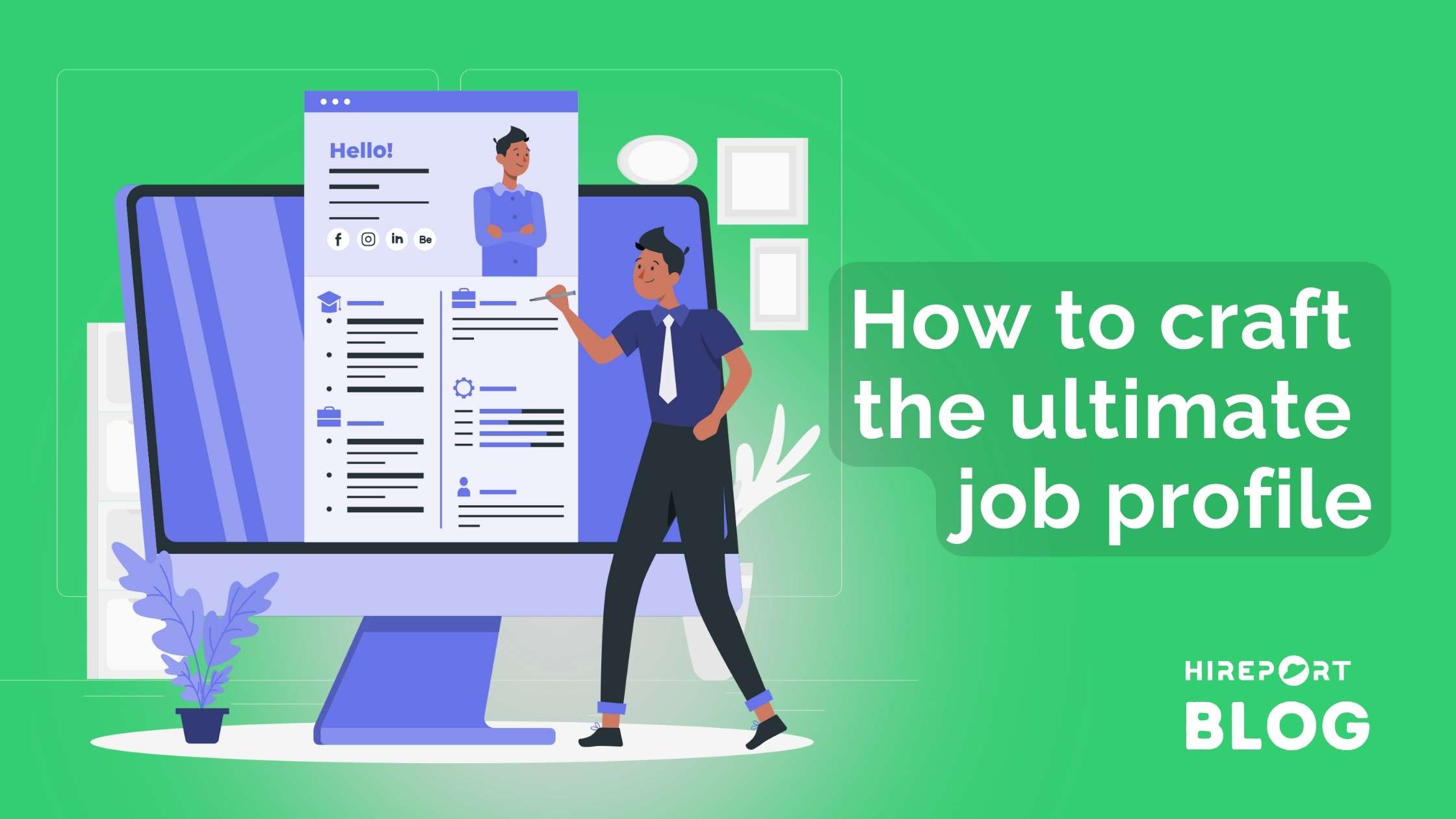
10 companies with inspiring job profiles
In the world of talent acquisition, the art of crafting an exceptional job profile is a must. It's not just about listing requirements; it's about telling a story that resonates with and captivates the ideal candidate.

How to negotiate recruitment fees like a pro
Let's be real: negotiating recruitment fees sucks. It's complex, time-consuming, and often leaves you wondering if you're getting the short end of the stick.



How to nail your briefing with recruitment agencies.
A well-executed briefing isn't just a formality; it's the blueprint for your entire recruitment strategy. Think of it as the GPS that guides your agency through the labyrinth of the job market, directly to your ideal candidate.


Why job benchmarks are the secret weapon you’re not using.
Imagine knowing exactly how your job posting is performing in real-time. You could make data-driven adjustments to your job description, salary offering, or even the platforms where you post the job.

How to choose the right recruitment agency.
Every recruitment agency on HirePort gets rated by other clients just like you. That means you get a reliable, community-driven picture of their performance and trustworthiness. No more guessing games or rolling the dice.


How to smartly manage external recruitment costs
Let's talk about something we all love to hate: costs. When it comes to choosing a recruitment partner, it's not just about who sends the best holiday cards. It's about the moolah, the fees, the ROI. You get the drift.

The no-BS guide to giving agency recruiters feedback they can actually use.
Giving feedback to agency recruiters about candidates isn't just a "nice-to-have"; it's a "must-have" for long-term success.

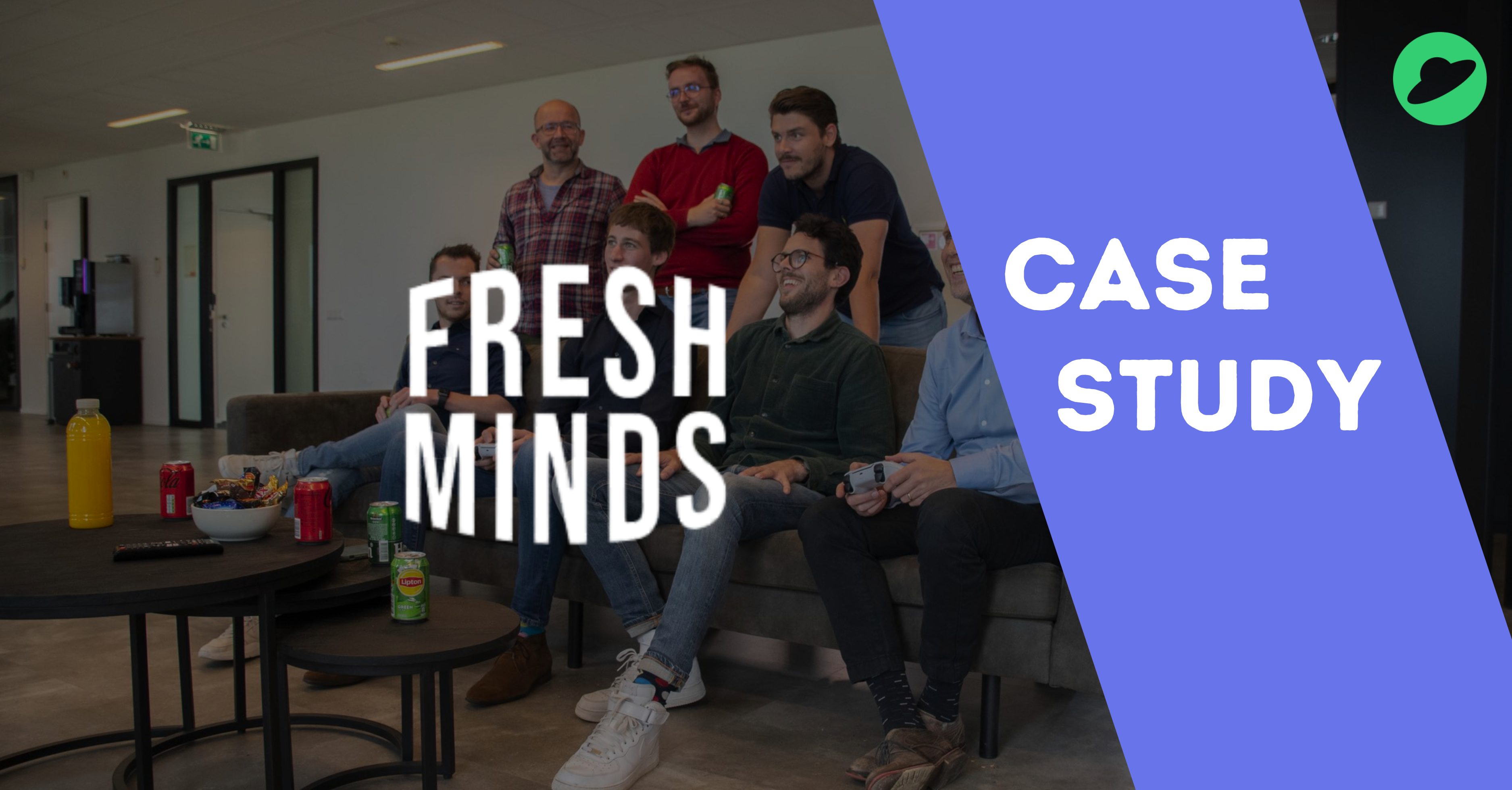

How to say goodbye to cold calls and hello to efficient recruitment.
Ever felt like you're juggling when managing multiple recruitment agencies? Emails here, WhatsApp messages there, and those cold calls that interrupt your "flow state." It's like a circus, but you're not laughing.
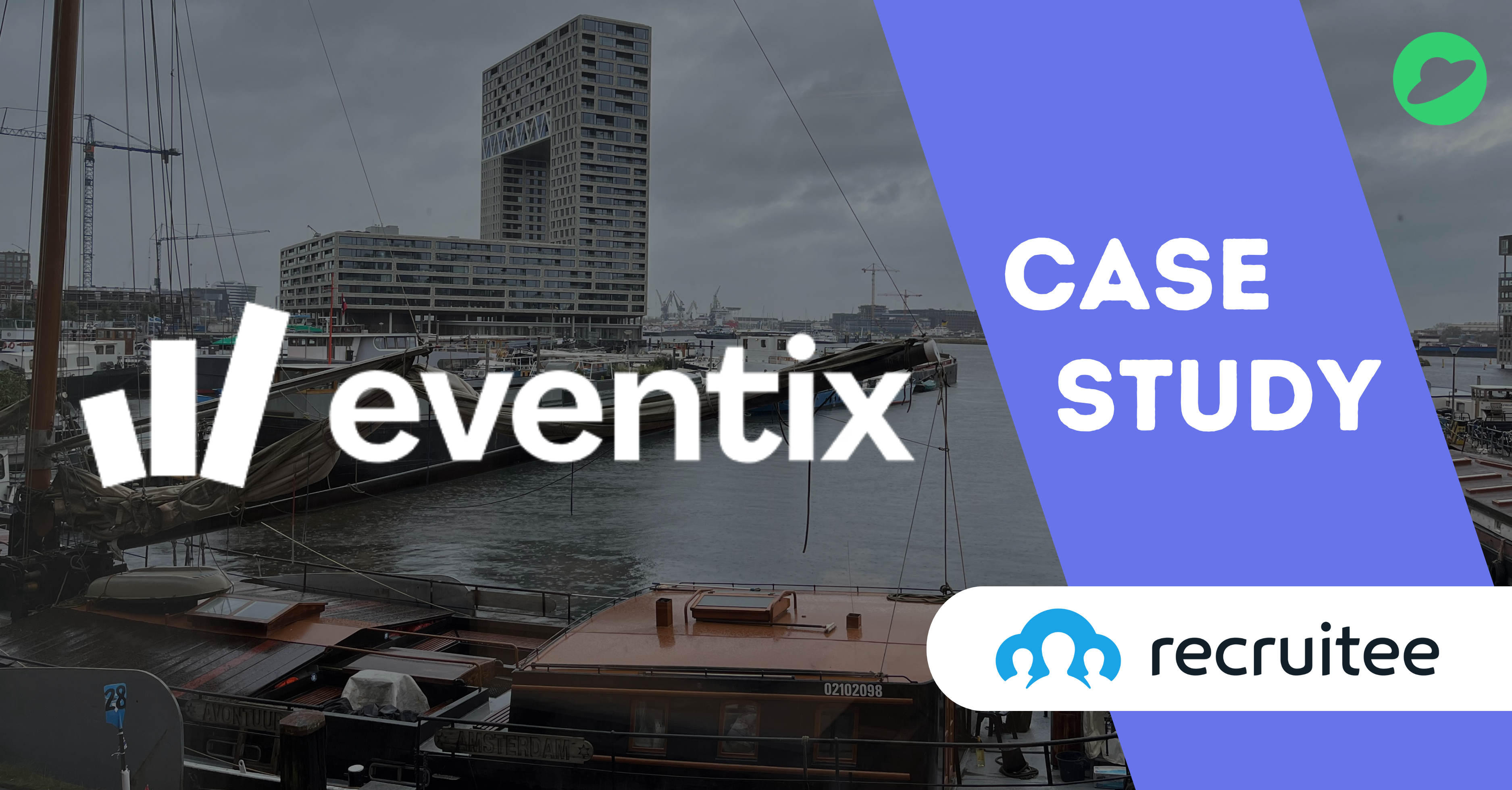
How Eventix rapidly expanded their Marketing team
Eventix uses HirePort to find the right marketeers to expand their business and establish a strong presence in multiple countries.

The future of recruiting: Ditching old tactics in a new economy
Let's cut to the chase: recruiting top talent is a mess. Gone are the days when a simple job posting would flood your inbox with qualified resumes. Today, the recruiting landscape is more like a labyrinth, especially in the Netherlands. But why navigate this maze alone when you can have a roadmap?




Crafting Compelling Job Descriptions: A Guiding Perspective from HirePort
Crafting enticing job descriptions is no less than an art form, which requires not just meticulous attention to detail, but also a deep understanding of the needs of both the employers and potential candidates.


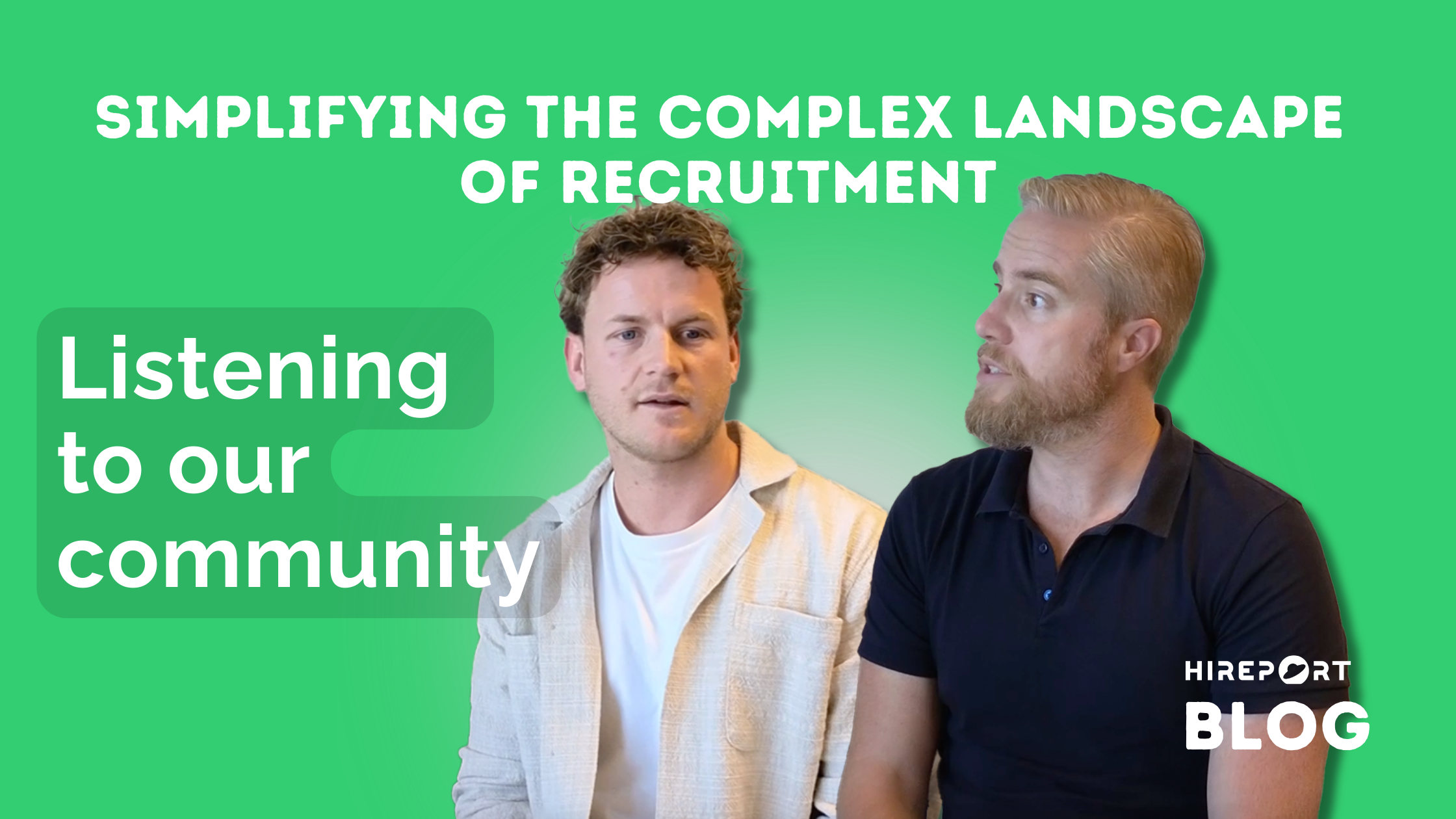
Simplifying the Complex Landscape of Recruitment
You know that feeling when you're trying to put together a thousand-piece puzzle and you can't find that one piece you need? That's often what it feels like in the world of recruitment agencies.


What It Means to Be a Vetted Recruiter on HirePort and How to Become One
Let's show you the world of recruitment excellence with HirePort. Discover what it means to be a vetted HirePort recruiter and learn the pathway to becoming a champion in this dynamic field.

Our Journey to Redefine External Recruitment
In a world where talent is the lifeblood of success, the traditional external recruitment landscape has long been plagued by inefficiencies, disappointments, and cowboy practices. We saw this as an opportunity to disrupt the norm and set a new standard for external recruitment.




The Magic of a Successful Recruitment process: Tips from the Experts
What if we told you there's a secret recipe to finding the perfect candidate for your team? It involves a bit of time, attention to detail, and listening to market input. We've got some expert insights from an intriguing discussion, which we believe could change your recruitment game.

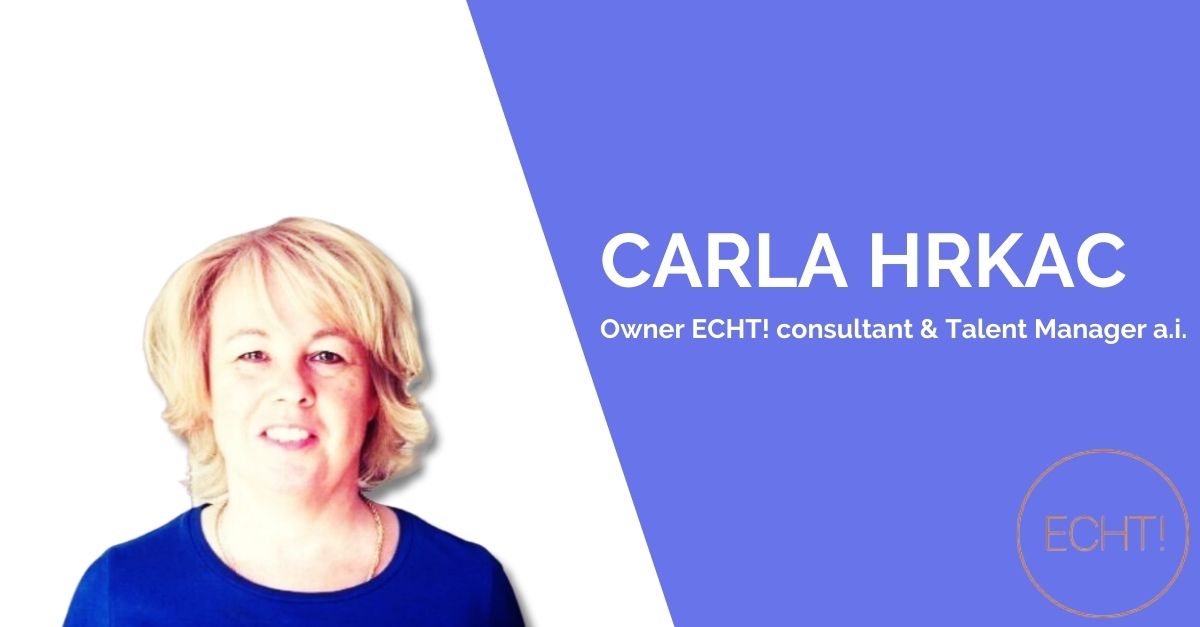
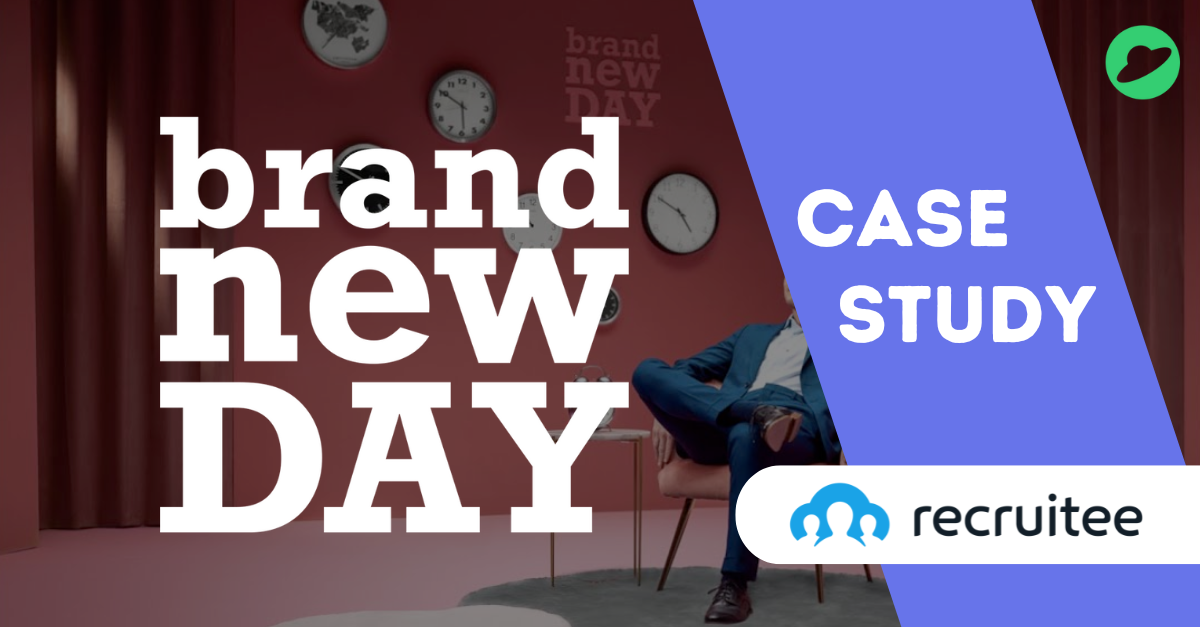
How Brand New Day gives their in-house recruitment team superpowers

Bridging the Gap: How BridgeFund hires top talent fast, while centralizing their entire external recruitment operation

How BRAINBAY hired 2 female Frontend Developers to replace flexible contractors

How Schuberg Philis hires from talent pools their inhouse teams don’t have access to.

How Lensor hired 2 experienced Software Engineers in less than 5 weeks.

How Codean found a senior software engineer who will help shape their future as a start-up

How GrandVision cut their time-to-hire for Technical Architect positions with 85% using HirePort
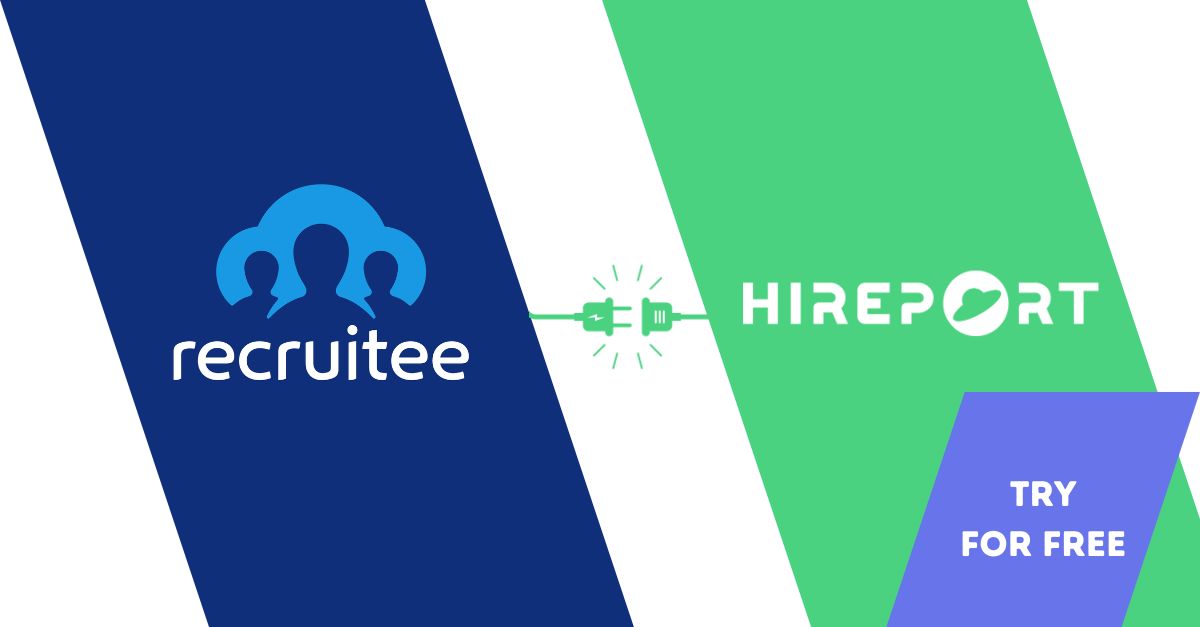
The Ultimate Recruitment Duo: HirePort and Recruitee Integration
Are you tired of juggling multiple recruitment agencies and struggling to find the right talent for your business? If you're an HR or hiring manager using Recruitee as your ATS, we have a groundbreaking solution for you!

Top 5 Interview Red Flags
Today we get to be really honest about our top five interview red flags. The truth is that we would love it if candidates...

Why HR Managers and Developers Should Be Best Friends
Are you tired of not having enough input from your developers and engineers when it

Recruitment Skills For Great HR Managers
You might think of yourself as a pretty skilled recruiter, but that doesn’t mean you

Scale-up CEOs – You’re Crucial To Hiring Tech Talent
We’re talking to you, CEO. You’re busy, we know that. But, if you want your

5 Simple Ways To Improve Developer Recruitment for HR managers
In the wake of the ‘Great Resignation’, recruiting top developers is an ongoing

How To Attract And Retain Top Tech Talent
Tech candidates are some of the most sought-after people in the world. Because of this, they have the pick of almost any job they’re qualified for, and they always have the opportunity to start a new role at the drop of a hat.

How To Deal With Sky High Recruitment Targets
Your business is growing, and it needs people to support that growth. You’re given a brief to hire a lot of new people, for a variety of positions, and now you’ve got targets to hit.

Should You Use Contingency Or Retained Recruitment?
Working with an external recruiter to find new talent is one of the best ways to bring on the staff your business needs.

How Do You Recruit (Inhouse) Recruiters?
Recruiters are a critical part of the hiring process for many companies – offering scale and network connections outside of any particular business.

The Best Sites For Hiring Developers In 2022
To keep up with technology, you need the best and brightest from the world of development.

What Is A Passive Candidate?
Are passive candidates a part of your talent acquisition strategy? If not, they probably should be.

5 Key Reasons Developers Leave
The lifeblood of many startups and scaleups all over the world, developers play a critical role in businesses.

Bridge The Gap Between You And The People You Want (To Hire)
Appealing to the best and brightest should be the focus of organizations looking to onboard IT talent.

Futureproofing Recruitment in the Gig Economy
A lot of people end up leaving the recruitment industry after just a few years. This is a big loss because the professional networks they build are really valuable.

Why 1 Recruiter Can Do More Than 100
Rather than suffering from the hassle of managing lots of different recruitment agencies, wouldn’t it be easier to just work with the right one when you need them?

Building Better Employment Brands
Why are you different? That’s a big question – don’t worry, we’re just talking about your brand as an employer. But what really sets you apart from your competition?

HirePort: Our ‘Why?’
Talent is in short supply and the employment market is tight. But where should you start?

10 Ways to Expand Your Candidate Network
There’s probably never been a time where Talent has been a bigger factor in companies’ success than right now.
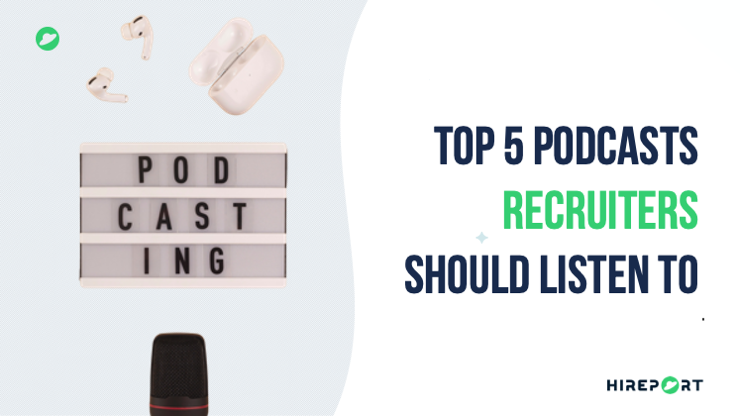
Top 5 Podcasts Recruiters Should Listen To
Whether you’re on your commute, exercising, driving or just washing your dishes, you can still be learning.
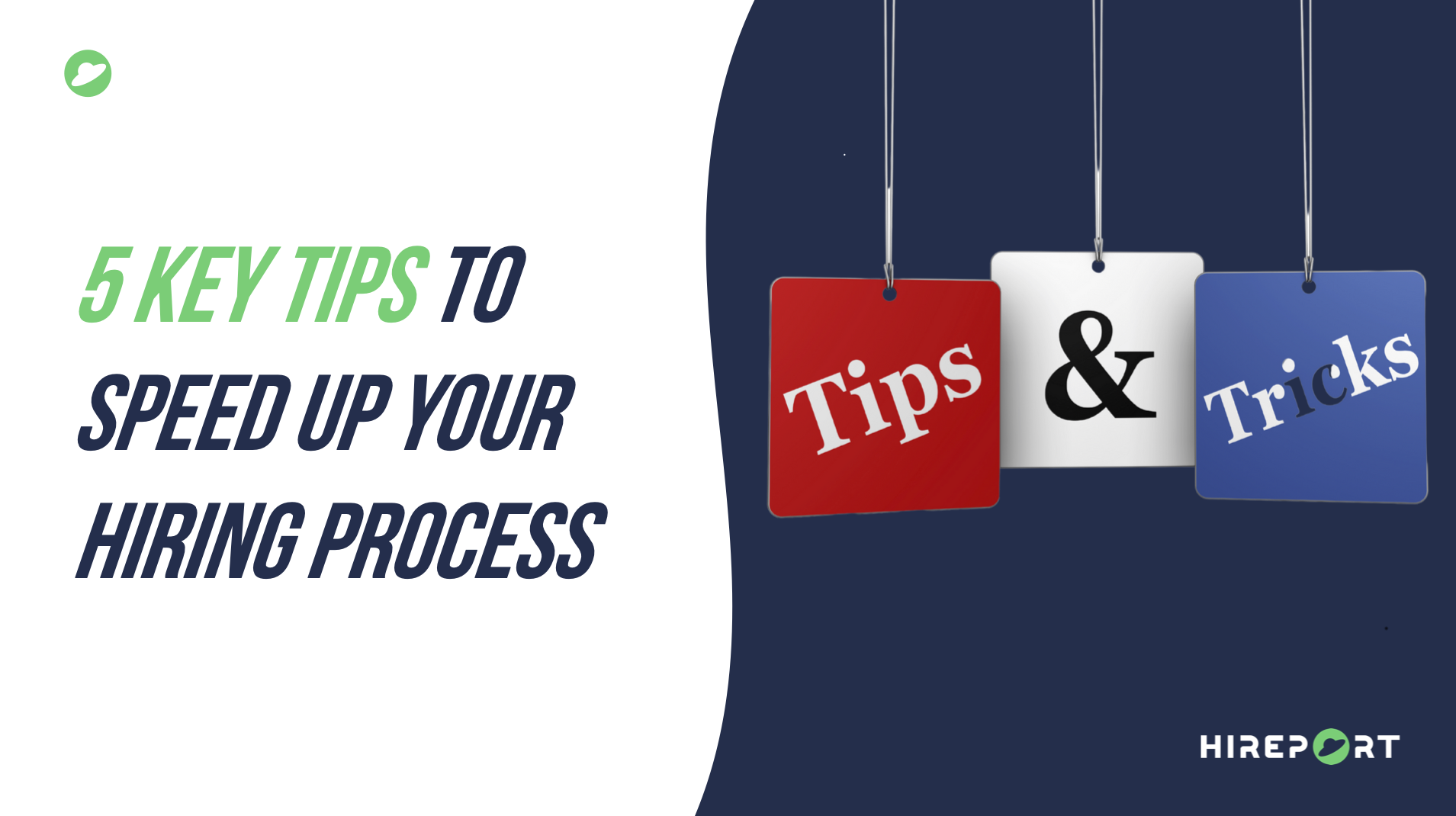
5 Key Tips to Speed Up Your Hiring Process
Speeding up your hiring process is one of the single most advantageous things you can do for your hiring.

Why You Should Speed Up Your Hiring Process
If there is one thing you can be certain of, it’s that top talent with in-demand skills have options.

5 Questions to Ask Your Recruiter
A great product and a great vision is brought to life by having the right people in your team.

Choosing Your Recruiting Strategy: In-house, Agency or Freelancer?
Every business, whether it is a starting or existing one, will have to make the same decision at some point.

5 Reasons Why Tech Candidates are Turning to Recruiters
The tech world is not quite like anything else. Being a tech candidate means you’re one of the most in-demand employees in the world – yet very few people actually know what you do.

Job Descriptions Aren’t Just About Jobs
First impressions last a lifetime. Your job description creates that first impression on many potential hires.

